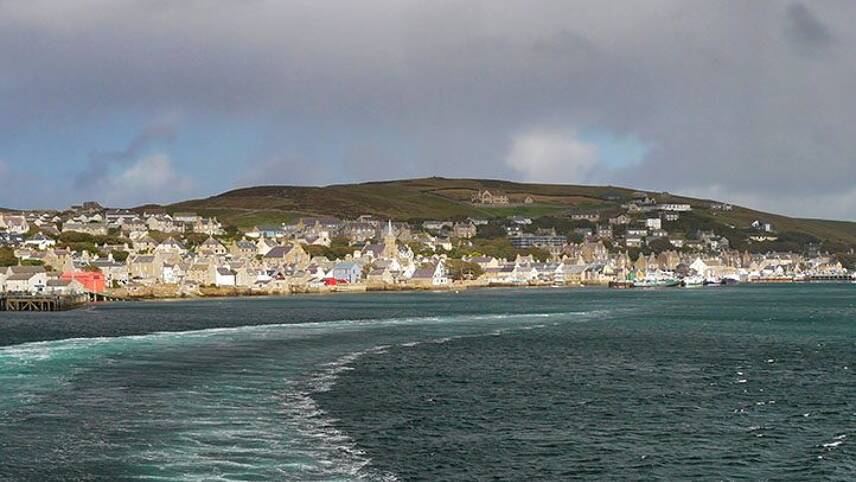Register for free and continue reading
Join our growing army of changemakers and get unlimited access to our premium content

Project TraDER
Orkney hosted the two-year Project TradDER trial, led by Electron. The trial aimed to demonstrate how energy storage, demand-side response and clean energy generation can be combined to create flexible energy exchanges that tap into both local and national markets.
Electron aimed to create a trading platform for markets and players to bid for services to improve flexibility. Orkney was chosen due to the high levels of curtailment of renewable generation on the island and the lack of access to national grids.
More than 24,000 peer-to-peer trades took place across the trial. The concept of TraDER is based on a Distribution System Operator (DSO), whereas other demonstrator projects are usually single-supplier-led or DNO operated.
Electron’s chief executive Jo-Jo Hubbard said: “Orkney is one of the windiest places in the UK and wind farms connected to the local distribution network can be asked to turn off if there is too much generation and not enough grid capacity or consumer demand.
“Unlike generators connected to the national transmission network, they get no compensation. So not only do local generators miss out on revenue streams when curtailed, but clean energy is wasted. We wanted to create a price-driven market, enabled by a neutral market entity, that can accommodate a range of different technologies, including large and small-scale generation, while minimising administrative and technical barriers to participating in new markets.”
Project TraDER, led by Electron, was funded via the Department of Business Energy and Industrial Strategy’s FleX fund and supported by CGI, Community Energy Scotland, EDF, Elexon, Energy Systems Catapult and Kaluza, as well as National Grid ESO, and Scottish and Southern Electricity Networks.
Electric shift
Those involved in the project believe it can provide some key learnings for clean and flexible grid interactions moving forward.
Electricity demand is set to swell in the UK as electric vehicles (EVs) and heat pumps rise in uptake. Indeed, balancing costs for decentralised generation have already increased from £506m in 2015 ro £1.3bn in 2020. Electron believes local trading platforms can therefore reduce costs while improving grid flexibility.
According to National Grid ESO’s Future Energy Scenarios, more than 11 million EVs will be on British roads by 2030. As for heat pumps, the Government is targeting the installation of 600,000 pumps annually by 2028. Groups including the UK Energy Research Centre (UKERC) have warned that better supporting policies will be needed to meet this target.
The results of the trial arrive in the same week that UK Prime Minister Boris Johnson stated his intention to develop plans for shifting all electricity generation to clean sources by 2035.
This would mean the entirety of the nation’s electricity generation mix would be accounted for by renewables – primarily wind and solar – as well as nuclear. During each month in 2020, an average of 41% of generation was accounted for by these sources, according to the National Grid Energy System Operator (ESO).
Matt Mace


Please login or Register to leave a comment.